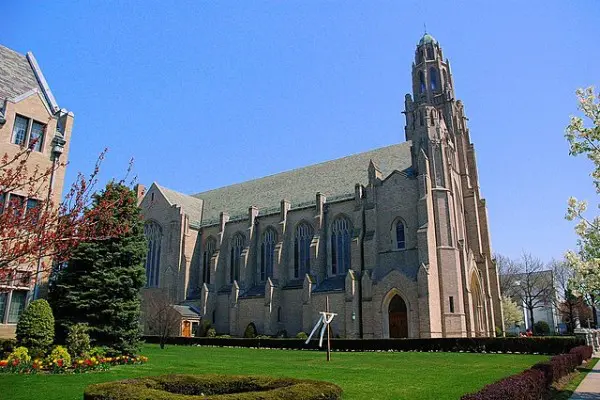The Roman Catholic Diocese of Rockville Centre on Long Island, New York, announced Thursday a landmark $323 million bankruptcy settlement to compensate approximately 530 survivors of childhood sexual abuse by priests. This agreement marks a significant turnaround from earlier this year when the diocese expressed doubt about reaching a settlement.
U.S. Bankruptcy Judge Martin Glenn, overseeing the case in Manhattan, called the deal “enormous progress” after the bankruptcy proceedings had come “within a hair’s breadth” of failure. The settlement represents a substantial increase from the diocese’s previous $200 million offer, which survivors had rejected.

Under the terms of the agreement, the Rockville Centre diocese will contribute $234.8 million to the settlement fund. Four insurers will provide an additional $85.3 million, with further funding coming from another insurer undergoing liquidation in a separate insolvency proceeding and from attorneys representing abuse survivors.
Rev. Eric Fasano, spokesperson for the diocese, stated that the settlement would ensure “the equitable compensation of survivors of abuse while allowing the Church to continue her essential mission.”
The Rockville Centre diocese, which serves about 1.2 million Catholics in Nassau and Suffolk counties, filed for Chapter 11 bankruptcy in October 2020, citing the financial burden of lawsuits filed by childhood victims of clergy sexual abuse. This filing came in the wake of New York state enacting laws that temporarily allowed victims to file lawsuits over decades-old crimes.
This settlement could provide a new model for dozens of other Catholic dioceses that have filed for bankruptcy to address sex abuse claims. It addresses challenges posed by a recent U.S. Supreme Court ruling in the Purdue Pharma case, which limited bankruptcy courts’ ability to grant legal protections to non-bankrupt entities contributing to settlement funds.
Rockville Centre’s solution involved having all its parishes file for bankruptcy, allowing them to gain legal protections in exchange for subjecting their assets and liabilities to court oversight. This strategy enabled insurers to agree to buy back their policies from the diocese and parishes, ending their responsibility for covering sex abuse claims.



